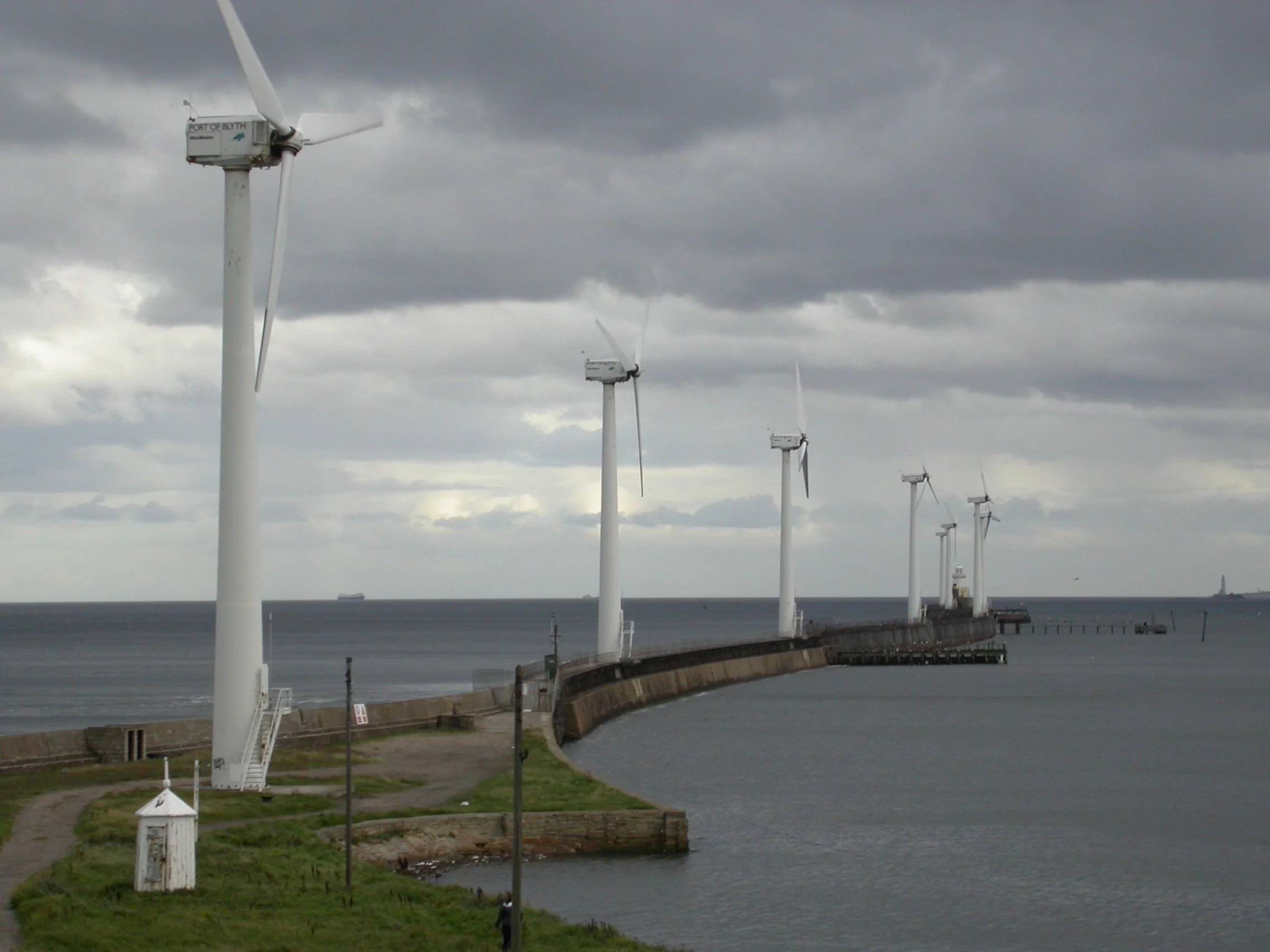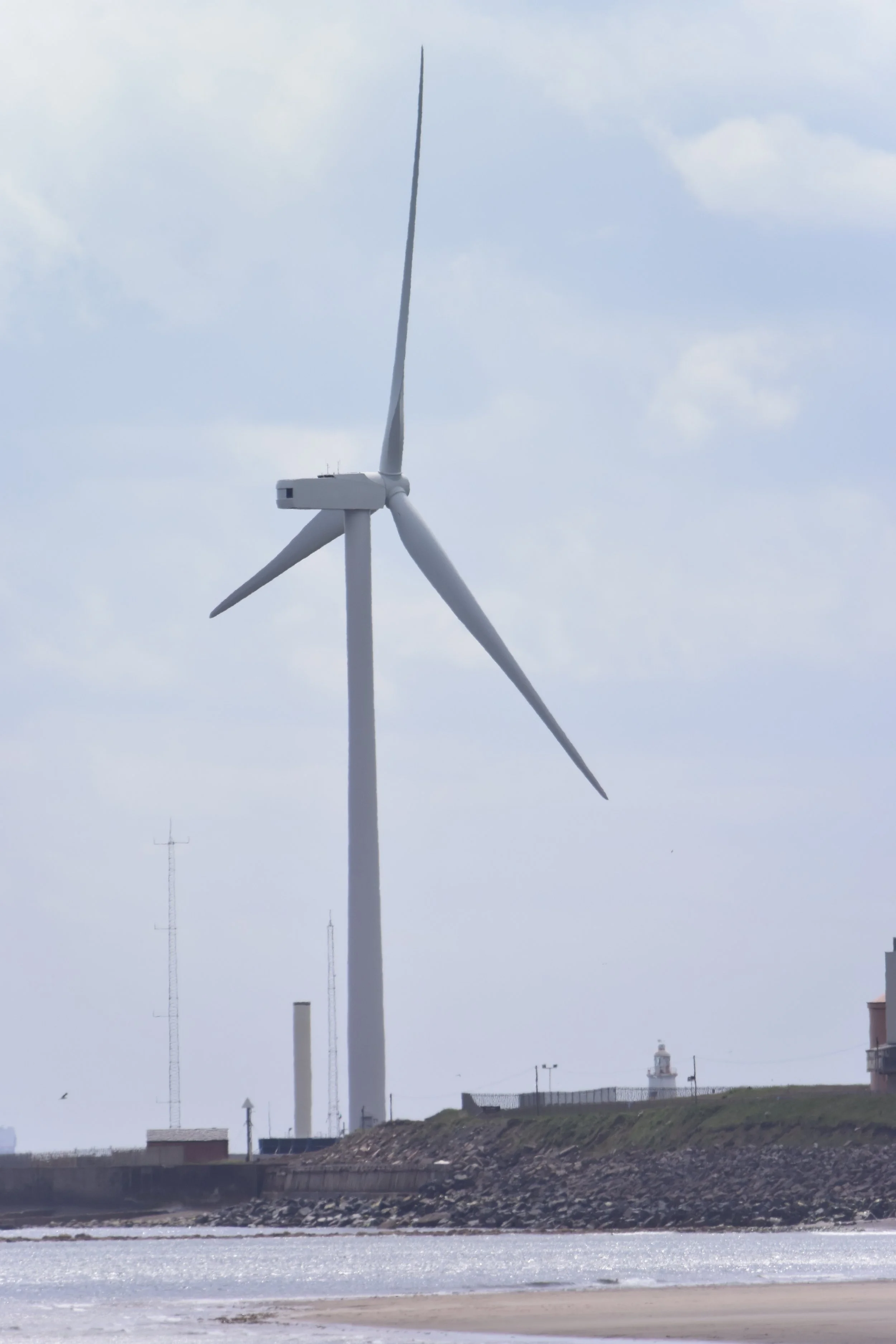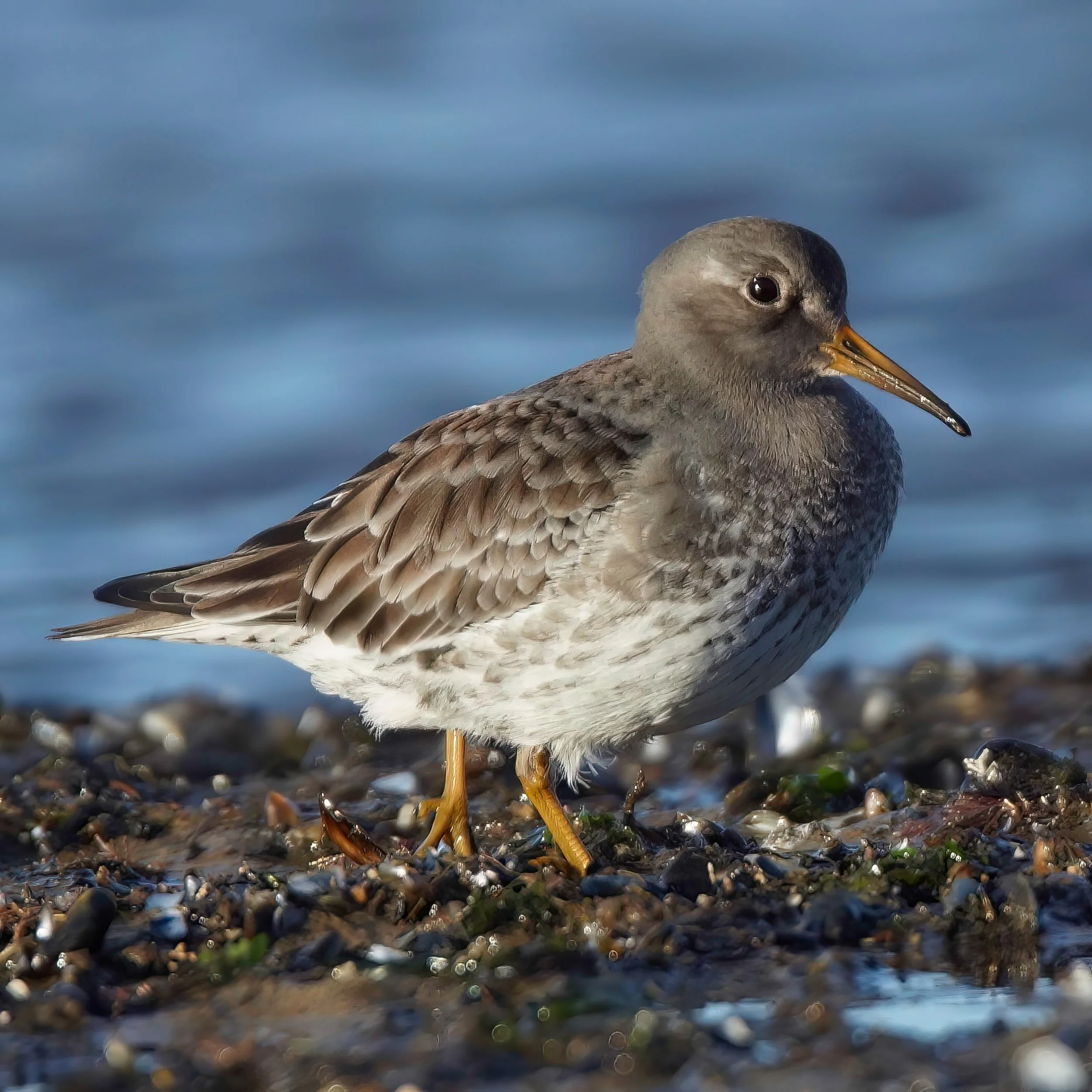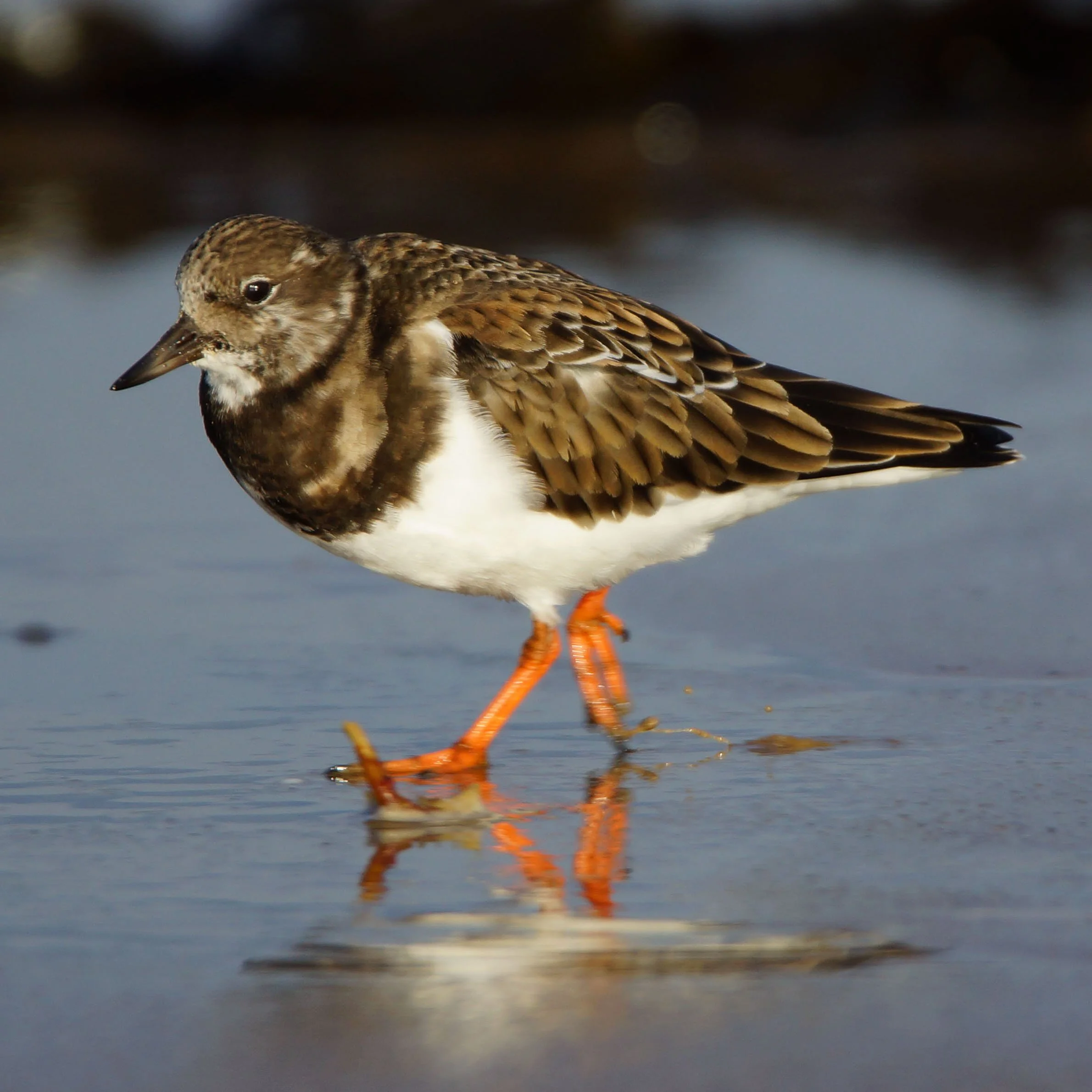Repowering Blyth Harbour.
Wind turbine energy-generating potential is rapidly improving and allowing wind farms to produce far more energy than previously with fewer turbines. This holds benefits such as reducing collision risk, barrier effects and reduced behavioural impacts. Many older wind farms being re-powered, removing older turbines and replacing them with fewer and larger ones, such as at Blyth Harbour.
Collision risk has been reduced by the repowering. Despite their larger swept areas, higher rotors reduce flights at rotor height, smaller number of turbines and slower rotational speed reduce predicted collision risk by 30-75%, depending on species-specific behaviour.
Overall, no significant effects from the re-powered turbine were apparent over three-post construction winters, but there were some changes due to partial displacement from the turbine. Eider, cormorant, herring gull and great black-backed gull showed increased numbers in areas following old turbine removal and decreased in proximity to the new turbine. Collision rates have reduced and remain well below thresholds that may cause significant population impacts. It was clear that the removal of the original turbines has delivered a net benefit.
Wansbeck Blyth Harbour wind farm is an example of repowering: eight old 330kW turbines were removed and one 3.4MW turbine replaced them. Bird counts, vantage point surveys, and collision monitoring were required to determine whether the removal and new installation had any impacts on local ornithology, specifically waders.
No species showed significant differences in bird numbers between years, but there were some increases in the zone where previous turbines were removed and a decrease in the zone following the new turbine installation. Many species, including black-headed gull, dunlin, oystercatcher, purple sandpiper, redshank and turnstone, showed the highest numbers compared to pre-construction within 600 m of the new turbine.
Bird flight activity was at broadly similar levels across the five years of monitoring, with some apparent increases by eider, cormorant, purple sandpiper, and dunlin and decreases by other waders and black-headed gulls. There was no evidence of major bird flight changes following installation, but some indication of increased activity in removal zones.




